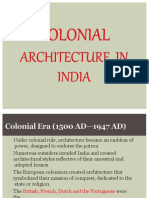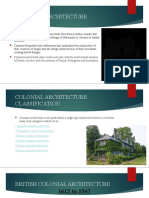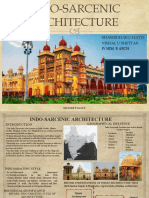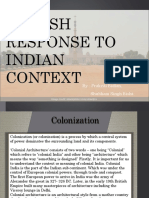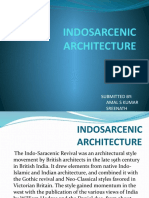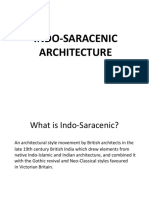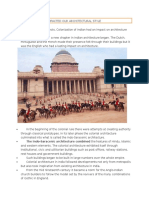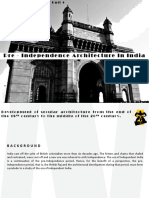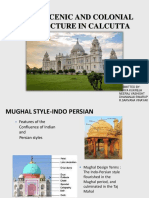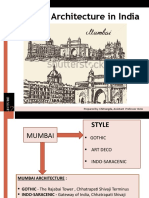0% found this document useful (0 votes)
45 views3 pagesA Search For Self-Expression
A short exploration of the nature of British Raj's architecture
Uploaded by
harshsingh012401Copyright
© © All Rights Reserved
We take content rights seriously. If you suspect this is your content, claim it here.
Available Formats
Download as PDF, TXT or read online on Scribd
0% found this document useful (0 votes)
45 views3 pagesA Search For Self-Expression
A short exploration of the nature of British Raj's architecture
Uploaded by
harshsingh012401Copyright
© © All Rights Reserved
We take content rights seriously. If you suspect this is your content, claim it here.
Available Formats
Download as PDF, TXT or read online on Scribd
/ 3




